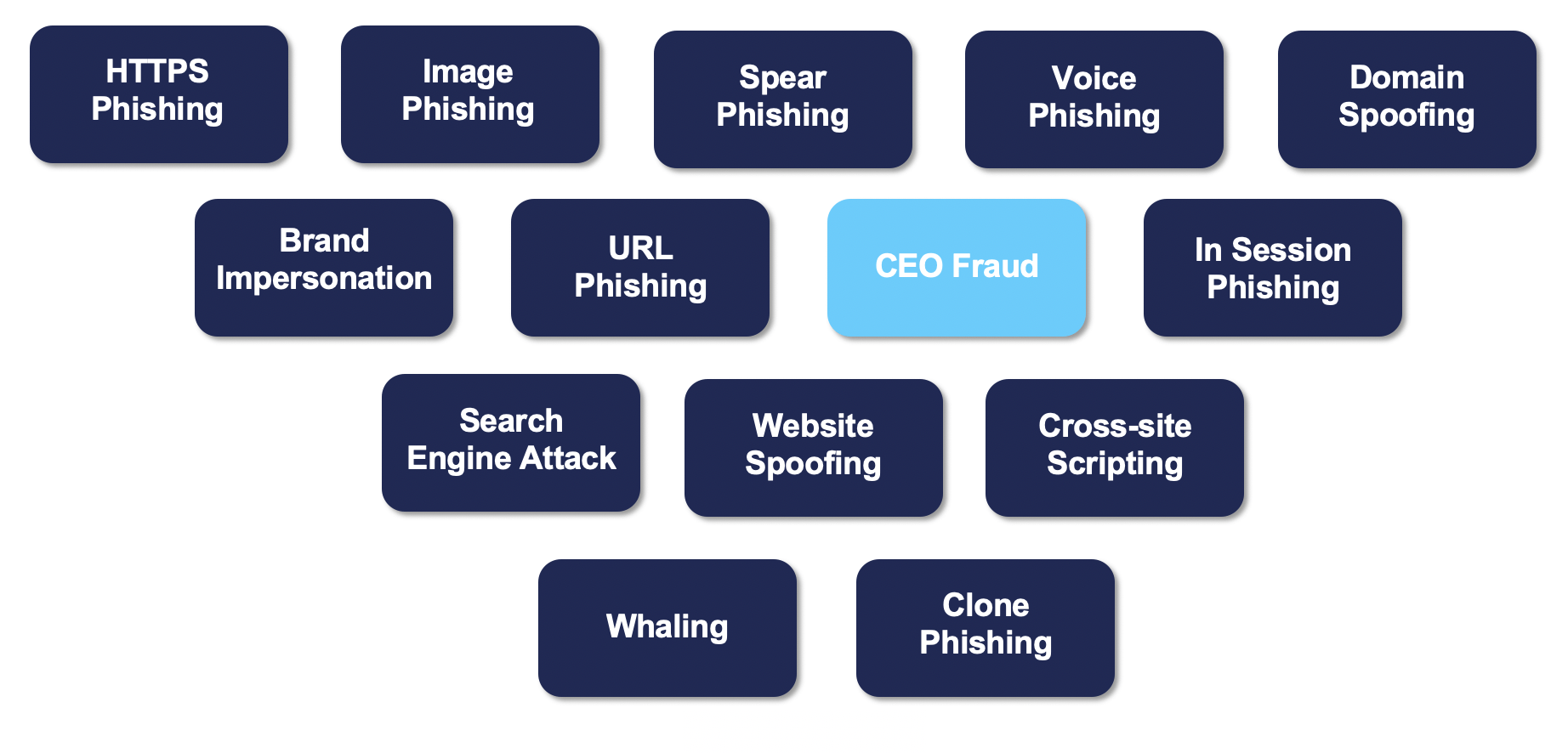PHISHING ASSESMENT
Keeping your organization secure, one assessment at a time.
What Is Phishing?
Phishing
Phishing is the act of attempting to manipulate the recipient of a malicious email into opening and engaging with it. A sender of a malicious email intends to deceive a victim by making the email seem important and from a reputable source. These phishing emails may include harmful attachments, like PDF or Word documents, which once opened can cause harm to the user’s computer by installing forms of malware, ransomware, or other unsavory software. Phishing emails can also contain malicious links in the body that can lead a user to a fraudulent site. These sites are used to collect confidential information such as usernames and passwords, or to install malware onto a device. Once the victim’s information has been obtained, scammers will monetize the data by selling it to the highest bidder on Dark Web sites.
Phishing
Identifying Phishing
1
Confirming Personal Information
Often you will receive emails disguised to look authentic. They might mimic the style of your current company or an outside business such as a bank or credit card company. These emails may have requests for personal information that you would not usually provide.
2
Fraudulent Emails & Web Address
Phishing emails often come from an address that appears to be legitimate, but at a closer glance can have some discrepancies. These emails may contain the names of genuine companies and might be made to replicate the company’s personal sites or email accounts. Brand logos and trademarks do not guarantee that an email is real.
3
Attachents
If you receive an email from a seemingly random company you do not affiliate with, and the email references something unexpected, the attachment might include some malicious malware or virus. These attachments may contain a URL or trojan horse designed to compromise your system, if opened. Send these emails to your se
4
Grammar
Phishing emails can sometimes contain poor language in the body of the message. Grammatical errors and conflictive sentence structure are common in these fraudulent emails.
Forms of Phishing:
These are all the types of phishing attacks. Are you prepared?
Did you know?
$50,000
The average cyber security incident totals about $50,000.
$1.4 Billion Loss
Organizations amongst the world have been targeted and damages have totaled about $1.4. billion.
Prevent an Attack
Email being the main form of business communication poses different threats to organizations and individuals. Spam mail and phishing attacks can often be detrimental to an organization, these attacks can cause a breach of personal or clientele information, or a loss of funds. The best way to avoid and protect yourself from an attack is awareness and education. Knowing the different types of attacks, motives and identifying key features can help yourself and employees avoid malicious emails. Having a program specifically designed to simulate phishing attacks and provide in depth security campaigns will reduce your risk of falling victim to a scam through employee education.


